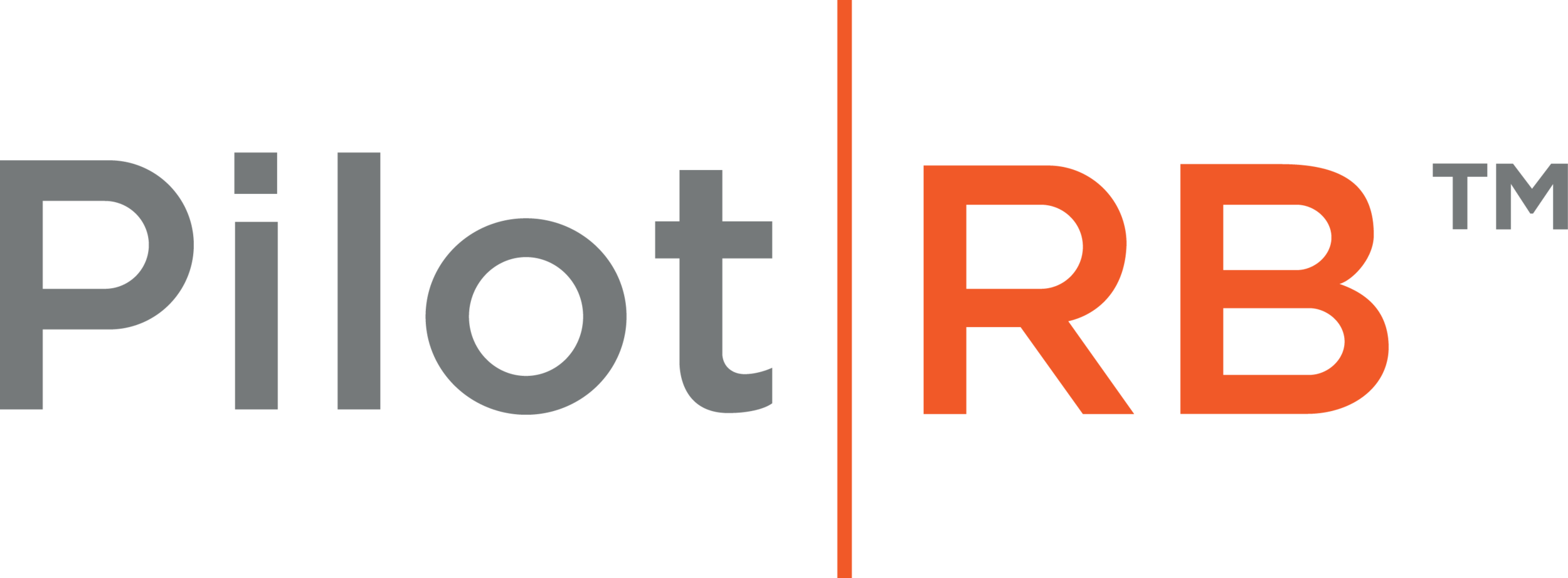Making the Most of Your Employer Assistance Program (EAP)
Employee Assistance Programs (EAPs) are an important benefit that most employers offer to their employees, providing a range of services to support their mental and emotional well-being, particularly in times of stress or crisis. However, simply offering an EAP is not enough. Employers need to ensure that their employees know about and make use of this valuable resource.
Education. One of the most important first steps employers need to take is to educate their employees about the EAP and the services it provides. This can be done through internal communications, such as email, posters or flyers, and meetings with managers, ensuring that all employees know about the EAP, how to access it, and what services it offers. By doing so, employees are more likely to feel comfortable reaching out for help when they need it, reducing absenteeism, and improving productivity.
Breaking Stigmas. Employees may be reluctant to use the EAP because of the stigma around seeking help for mental health issues. Employers can help by creating a culture of openness and support, encouraging employees to talk about their struggles without fear of judgment or discrimination. This can be achieved through regular training, workshops, and team-building exercises that prioritize mental health and well-being.
Customization. While all EAPs offer a range of services, employers can maximize their effectiveness by tailoring the program to the specific needs of their employees. For example, if there is a high level of stress or burnout in the workplace, employers can partner with their EAP provider to develop targeted wellness programs, such as yoga classes or meditation sessions. By addressing specific issues and needs, employees are more likely to engage with the EAP and see the benefits.
Ongoing Use. EAPs are not just for times of crisis, but should be seen as an ongoing means of support for employees. Employers should work with their EAP provider to offer regular check-ins, follow-up sessions, and ongoing education on mental health and well-being. By doing so, employees are more likely to feel supported and engaged in their work, resulting in higher job satisfaction and retention rates.
When employers utilize these methods to boost the awareness of the EAPs, success can be analyzed. Employee surveys, analyzing absenteeism rates, and tracking engagement levels with the EAP are all tangible methods to measure success. By doing so, employers can see the return on investment for the EAP and make necessary adjustments to better meet the needs of their employees.
EAPs are an essential resource for employee well-being and business success, but they require more than just offering the service. By educating employees, addressing stigma, tailoring services, providing ongoing support, and measuring impact, employers can ensure that their EAP is being utilized to its fullest potential.
